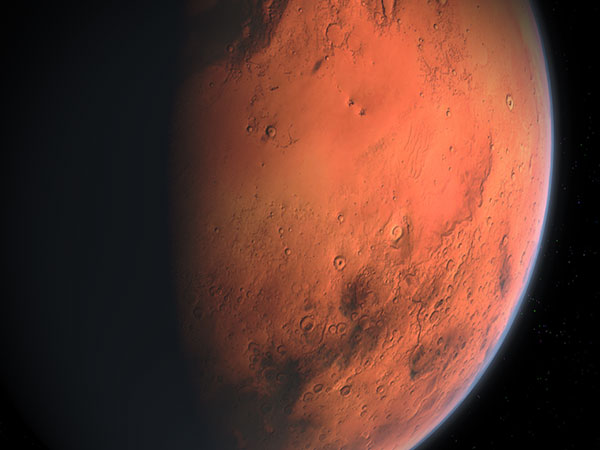NASA's InSight detects largest Marsquakes to date; five times stronger than previous

NASA's InSight Mars lander's seismometer, Seismic Experiment for Interior Structure (SEIS), has detected two largest seismic events to date on the planet's far side. The new far-side quakes - a magnitude 4.2 and a magnitude 4.1 marsquake - are five times stronger than the previous largest event recorded.
According to a media release by the Seismological Society of America, Anna Horleston of the University of Bristol and colleagues identified reflected PP and SS waves from the magnitude 4.2 event, dubbed S0976a, and locate its origin in the Valles Marineris, a massive canyon network. The new event is the first confirmed seismic activity in this region.
The magnitude 4.1 event - S1000a - was recorded 24 days later and was characterized by reflected PP and SS waves as well as Pdiff waves - small amplitude waves that have traversed the core-mantle boundary. Like S0976a, it also originated on Mars' far side, but researchers were unable to definitively pinpoint its location.
Both seismic events occurred in the core shadow zone, a region where P and S waves can’t travel directly to InSight's seismometer because they are stopped or bent by the core.
"Not only are they the largest and most distant events by a considerable margin, S1000a has a spectrum and duration unlike any other event previously observed. They truly are remarkable events in the Martian seismic catalog," said Horleston.
NASA's InSight, short for Interior Exploration using Seismic Investigations, Geodesy and Heat Transport, touched down on Mars on November 26, 2018. It is the first outer space robotic explorer to study in-depth the "inner space" of Mars: its crust, mantle, and core.
The mission studies seismic waves to learn more about the Red Planet's interior. The waves change as they travel via a planet's crust, mantle, and core, providing scientists a way to peer deep below the surface.










